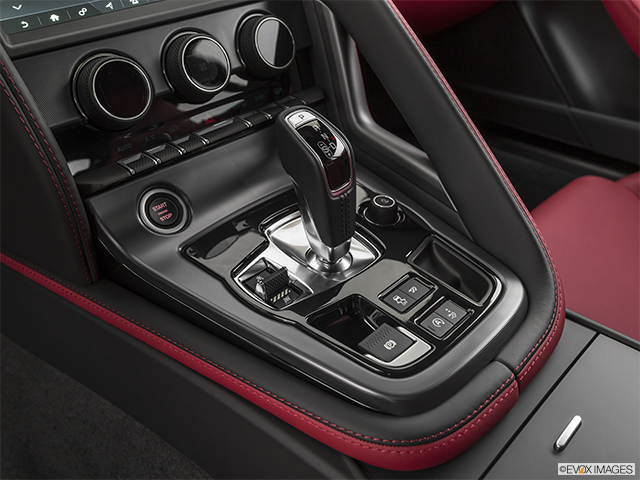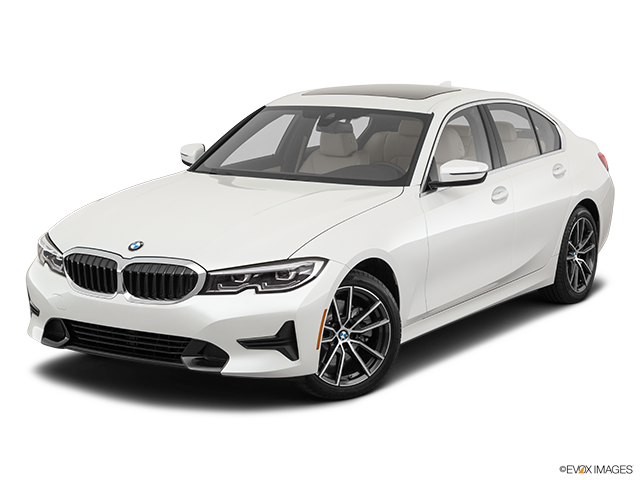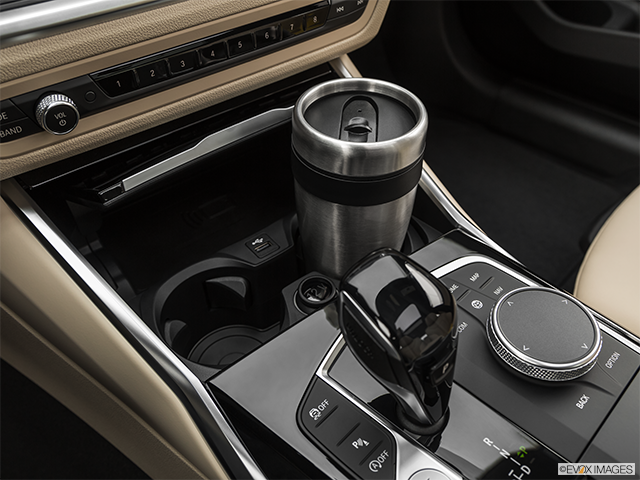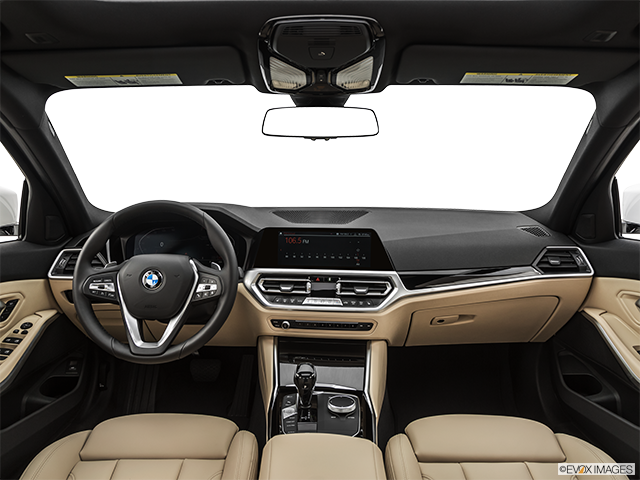Car editorials play an important role in the automotive market. After all, it is easier to read comparisons by experts who speak to the superiority of features—and explain the how and why—than it is to visit a succession of dealerships to test drive cars. And the role of these publications is poised to expand; recent studies indicate that car shoppers are visiting fewer dealerships than in the past and 83% say that they would prefer to start their purchase online. This online shopping process will likely rely heavily on automotive editorial websites for fair and impartial insight. However, car journalism isn’t just for active car shoppers, but a mainstay for car enthusiasts and casual audiences as well.
Today, vehicle journalism is one of the few bastions of print media remaining and online car editorial sites serve a diverse and growing audience. However, there are places where editorial and car review sites fall short. One of these is in the use of editorial car photos. While concept cars and highly anticipated performance models are often exhaustively photographed, the photos that accompany editorials often emphasize glory over details. Meanwhile, editorials for more accessible cars don’t receive nearly as much visual coverage. Vehicles in both of these categories can benefit from better quality and types of photos, allowing publications to offer readers more detailed coverage, realistic expectations, and engaging content.
Categorizing Car Reviews and Editorials
Car editorials can be divided into three loose categories: editorials that focus on the reviewer’s personal impressions; car reviews that emphasize the reviewers opinion but offer also offers details, specifications, and numbers to back it up the reviewer’s opinions; buyer’s guides that primarily highlight statistics, analysis, and comparisons between cars to give consumers as much information as possible before they make a purchase.
Each type of car editorial tends to take a different approach to editorial car photos. Car editorials often either skip photos entirely or include very specific photos to illustrate the parts of a car that the reviewer found especially praiseworthy or infuriating. Car reviews tend to feature a plethora of photos, but these images tend to be very attractive and may lack the more prosaic details that make a big difference when it comes to daily driving. Finally, many buyer’s guides present only a single exterior photo. Unfortunately, all of these norms can make reviews fall short.
Editorial Car Photos Enhance Understanding and Engagement
A good example of why images matter is provided by the presence or absence of the humble volume knob. The removal of the volume knob in favor of full touchscreen controls in some vehicles has been one of the most common complaints across all types of car editorials, reviews, and buying guides in recent years. The return of the volume knob in subsequent model years has met with universal reviewer approval. However, photos of these much-discussed knobs are often difficult to find in a car review, even when they are mentioned in the car review’s title. In car editorials and buyer’s guides, details like these usually aren’t seen at all. The absence of images can leave unclear the difference removing—or adding— a simple control can make for the reader. Interior editorial car photos can help to make it clear how distracting it would be to try and operate touch controls for every vehicle function in daily use.
Additionally, all types of car editorials can benefit from detailed, down-to-earth images. While beautiful hero shots can be highly appealing, automotive publications can better serve their audience by including photos that highlight the features and nuances that make a difference in everyday driving. After all, when it comes to owning a vehicle, the ease of turning on a podcast, keeping an eye on the kids in the backseat, or managing to fit luggage in the trunk all factor into whether a customer loves or hates a car. Readers don’t necessarily get a sense of these factors from beautiful shots of cars in scenic locations.
Realistic, high resolution car images that focus on a car’s usability can give car shoppers a fuller sense of what operating a car is like. Ideally, these images will show:
Realistic Scales: One of the things that can be lost in hero shots is a cars’ scale. Low angles, high angles, and distance can distort the proportions of a vehicle, making it look much larger or smaller than in real life. Editorial car photos that accurately represent a vehicle’s proportions give readers a better understanding of whether the vehicle will work for them.
Interior Spaces: While exterior shots can be captivating, the interior of a vehicle is often what makes or breaks a purchase. Revealing what each seating area looks like, accurately capturing the cargo space, and showing the layout of a control system can all be significant deciding factors in a reader’s buying decision.
Model Variants: Some car models have different variants with sportbacks, hatchbacks, wagons, and sedans that share the same platforms. While these can all appeal to different audiences and have significant disparities in terms of aesthetics, some publications show only one version of a model. This can be frustrating to car shoppers, as they struggle to find images of the exact variant that interests them.
True Colors: Color is known to be one of the most important factors for car buyers. This means that photos with only close approximations of manufacturer colors are inadequate. Instead, exterior photos should match the true color of a vehicle.
Perhaps the greatest advantage of using high-quality editorial car photos, however, is the overall interest they add. While these images allow the reader to gain a deeper understanding of a written review, they also give them the ability to think more analytically about their options and form their own opinions. As such, they are more likely to seek out a publication that gives them compelling visuals and engage on a level not possible through the written word alone.
Why a Stock Library Is the Best Resource for Editorial Car Photos
The benefits of better editorial car photos are undeniable. But where should these photos come from? OEMs own their photos, and they can set conditions on how they are used. As a result, they may not offer the exact images that would best enhance a review—and the images they do have may be shot to flatter rather than impartially illustrate. Meanwhile, professional, consistent, high-quality photos require equipment and skills, which means many publications may lack the ability or will to produce these images on their own. As a result, automotive stock libraries are often the best resources for editorial car photos.
The best automotive stock libraries offer a depth, breadth, and quality of coverage that individual automotive publications simply cannot match. Additionally, they provide consistency; all vehicles are photographed from the same angles and in the same lighting, making comparisons between vehicles easy. And while stock databases can offer impressive hero shots and splash images, they also provide a realistic look at each vehicle in true-to-life colors. Whatever type of car is being reviewed, and no matter its most salient pros or cons, partnering with an excellent automotive stock library means reviewers have no shortage of photos to illustrate their points.
In the last decade, cars have changed. They have become bigger, smarter, more connected, and more efficient—and car editorials have played a vital role in spurring these changes. As the automotive industry continues to transform, automotive journalism will be instrumental in evaluating new products and helping the public understand what new designs and technologies mean for them. With diverse, high-quality images, these editorials can make an even greater impact and connect car shoppers to the right vehicles.
DRIVING INNOVATION IN AUTOMOTIVE IMAGERY
The EVOX Images database features the most innovative packages of interior and exterior stills, 360º vehicle imagery, and VR experiences. At more than a million images strong, our team consistently raises the bar on industry standards, and offers an unmatched delivery schedule.
Complete. Easy. Powerful. EVOX.
SEARCH OUR BLOG












